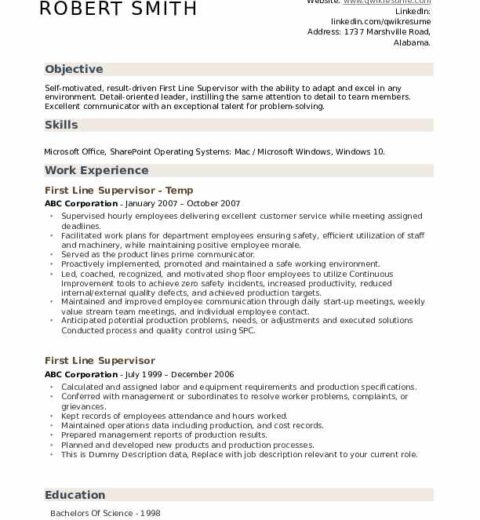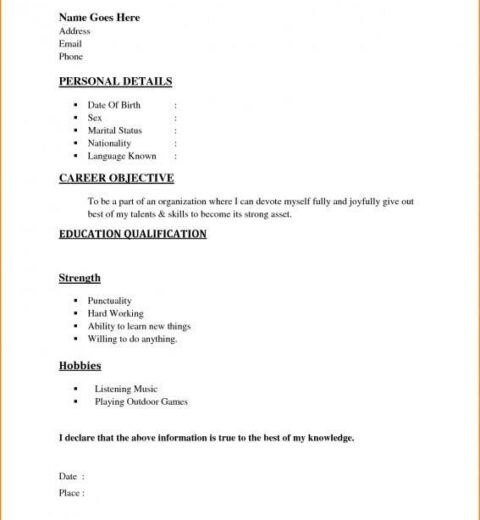When it comes to crafting a resume, one of the most pivotal considerations is how far back in your work history you should go. The years included on your resume directly influence an employer’s perception of your overall experience and qualifications. In this article, we will delve into the factors that determine the ideal cutoff point for the years included on a resume, explore best practices concerning different career stages, and offer advice tailored to various professions.
First and foremost, the general convention suggests that a resume should typically encompass the last 10 to 15 years of employment. This timeframe is largely considered to demonstrate a candidate’s most relevant and applicable skills without overwhelming hiring managers with outdated experiences. However, your personal circumstances may require a more nuanced approach. For instance, if you possess significant achievements from earlier in your career that are pertinent to the positions you are targeting, it may be prudent to extend beyond this standard cutoff.
Understanding the significance of the “10-year rule” is essential. It acts as a guideline rather than a hard-and-fast rule. In some industries, particularly those characterized by rapid evolution or innovation, experiences and skills that are more than a decade old may be rendered obsolete. For example, in tech-centric roles, knowledge of programming languages or software development practices from a decade ago may not hold the same weight today. Therefore, candidates in such fields are often encouraged to emphasize recent roles and relevant skill sets that align with current trends.
Conversely, certain professions, such as academia, law, or senior executive positions, may benefit from a more extensive work history. In these fields, prior accomplishments and advanced qualifications from earlier years can testify to a candidate’s journey, demonstrating a pattern of growth and expertise over time. In fact, for senior roles, a comprehensive account stretching beyond the 15-year mark is often not only acceptable but expected. It portrays a robust portfolio of professional development and a wealth of experience in leadership.
It is also important to consider gaps in employment, which may inadvertently impact the integrity of your resume. If you have experienced a significant break in your career, whether due to personal reasons, further education, or other circumstances, it is necessary to address this in your resume. Opting to include only recent employment may raise red flags for hiring managers, prompting questions about what transpired during those omitted years. In such cases, transparency may serve you better than omission. You can succinctly articulate your circumstances or focus on the skills and experiences gained during non-employment periods, such as volunteering or freelancing.
When compiling your resume, the relevancy of experiences is paramount. Ideally, aim to showcase positions that are most applicable to the job description of the role you are pursuing. Tailoring your resume not only enhances its effectiveness but also immediately aligns your background with the prospective employer’s expectations. For instance, if you are applying for a marketing role, focus on marketing positions held in the last decade, highlighting campaigns you’ve led or successful strategies you developed.
The format of your resume also plays a crucial role in spotlighting your professional timeline. A straightforward chronological format might be beneficial for those who can showcase a consistent career path. However, for individuals with varied experiences or those shifting industries, a functional or combination format can allow for greater flexibility, emphasizing skills over specific roles while still presenting relevant experiences from the chosen timeframe.
Moreover, consider the nature of the role you are targeting. Some industries, such as technology, might prioritize candidates who are up to date with the latest advancements and trends, while more traditional sectors, like finance or education, may value long-term, stable employment and consistency over recent innovations. Therefore, understanding the nuances of your target industry can dictate how far back you should reach when articulating your professional history.
As far as formatting and design are concerned, the content of your resume should be clear and concise while remaining aesthetically pleasing. Aim for a sleek layout with straightforward headings and bullet points to facilitate quick reading. Remember, hiring managers often sift through numerous applications, and a well-structured resume will help ensure yours is noticed. Be vigilant about typos and grammatical errors, as these can detract from even the most impressive career summary.
In summary, the decision of how many years to cover in your resume hinges on various factors, including the industry in which you work, the relevance of past roles, and the appropriateness of shared experiences to your current career objectives. Employ the standard of the 10-to-15-year rule as a guideline, but be prepared to tailor it according to your unique situation. A clear and focused portrayal of your professional history will significantly enhance your chances of making a favorable impression on hiring managers, ultimately propelling you closer to your career aspirations.




